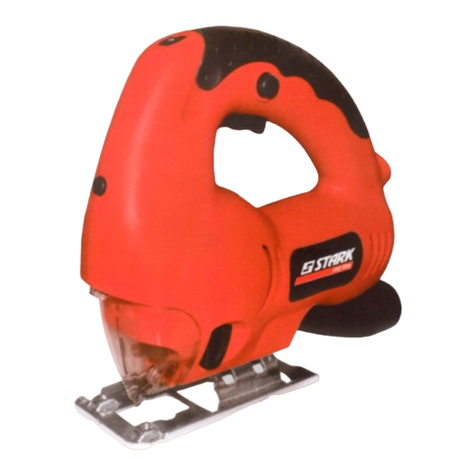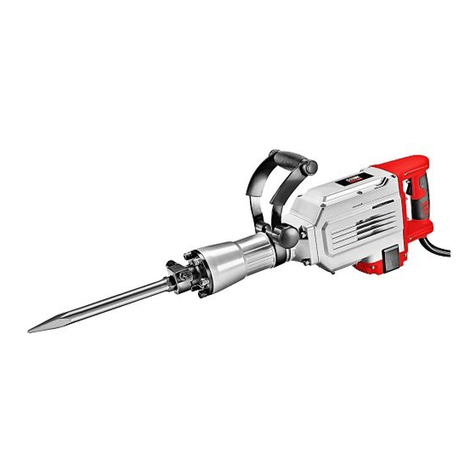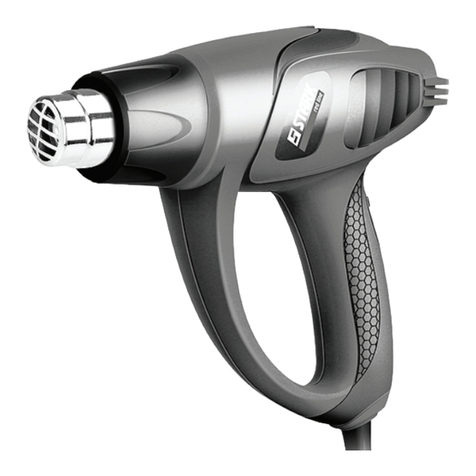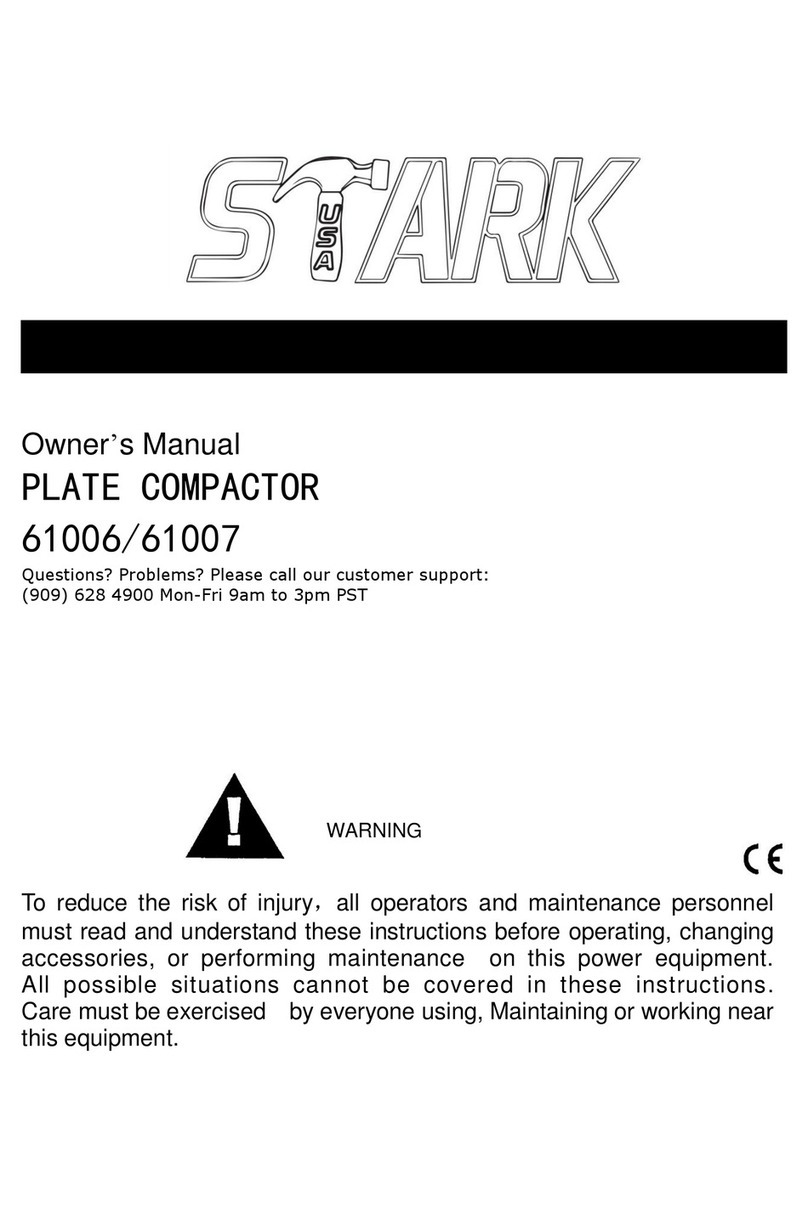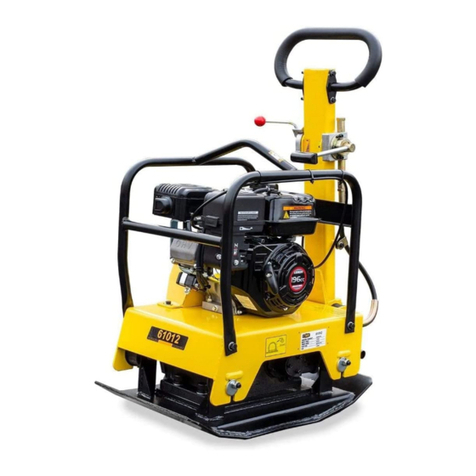
4
IMPORTANT SAFETY INFORMATION
To prevent the workpiece from being torn from your hands, spinning of the tool, shattering the tool
or being thrown, always properly support your work so it won’t shift or bind on the tool:
- ALWAYS position backup material (use beneath the workpiece) to contact the left side of the column.
- Whenever possible, position the workpiece to contact the left side of the column – If it is too short to the
table. Use table slots or clamping ledge around the outside edge of the table.
- When using a drill press vise, always fasten it to a table.
- NEVER do any work “Freehand” (hand holding workpiece rather than supporting it on the table), except
when polishing.
- Securely lock head to column, table support to column and table to table support before operating drill
press.
- NEVER move the head or table while the tool is running.
- Before starting the operation, jog the motor switch to make sure the drill or other cutting tool does not
wobble or cause vibration.
Before Leaving The Drill Press
Turn the drill press off.
Wait for tool bit to stop spinning.
Unplug the drill press.
Make workshop child-proof. Lock the shop. Disconnect master switches. Remove the yellow switch key.
Store it away from children and others not qualied to use the tool.
Electrical Requirements
General Electrical Connections
DANGER: To reduce the risk of electrocution:
1. Use only identical replacement parts when servicing. Servicing should be performed by a qualied service
technician.
2. DO NOT use in rain or where oor is wet.This tool is intended for indoor residential use only.
WARNING: DO NOT permit ngers to touch the terminals of plug when installing or removing the plug to
or from the outlet.
110-120 Volt, 60Hz. Tool Information
NOTE: The plug supplied on your tool may not t into the outlet you are planning to use. Your local electrical
code may require slightly different power cord plug connections. If these differences exist refer to and make
the proper adjustments per your local code before your tool is plugged in and turned on. In the event of a
malfunction or breakdown, grounding provides a path of least resistance for electric current to reduce the
risk of electric shock. This tool is equipped with an electric cord having an equipment grounding conductor
and a grounding plug, as shown. The plug must be plugged into a matching outlet that is properly installed
and grounded in accordance with all local codes and ordinances. Do not modify the plug provided. If it will
not t the outlet, have the proper outlet installed by a qualied electrician. A temporary adapter may be used
to connect this plug to a 2-prong outlet, as shown, if a properly grounded three prong outlet is not available.
This temporary adapter should be used only until properly grounded three prong outlet can be installed by
a qualied electrician. The green colored rigid ear, lug and the like, extending from the adapter must be
connected to a permanent ground such as a properly grounded outlet box.
WARNING: If not properly grounded, this tool can cause an electrical shock, particularly when
used in damp locations, in proximity to plumbing, or out of doors. If an electrical shock occurs
there is the potential of a secondary hazard, such as your hands to hit the cutting tool.
